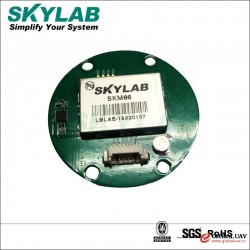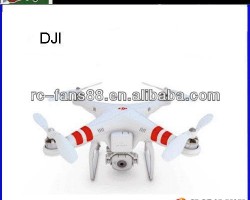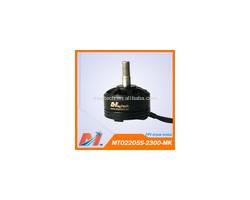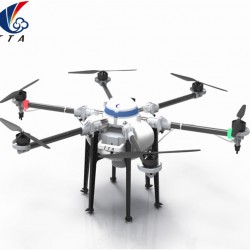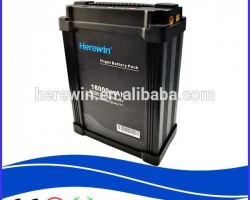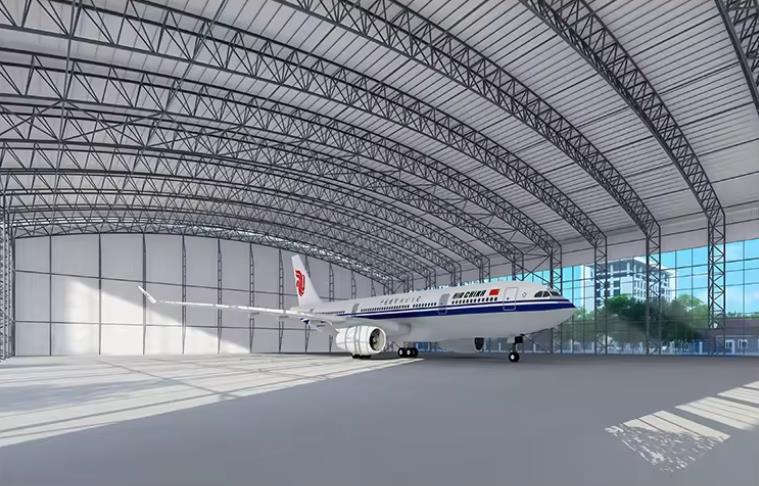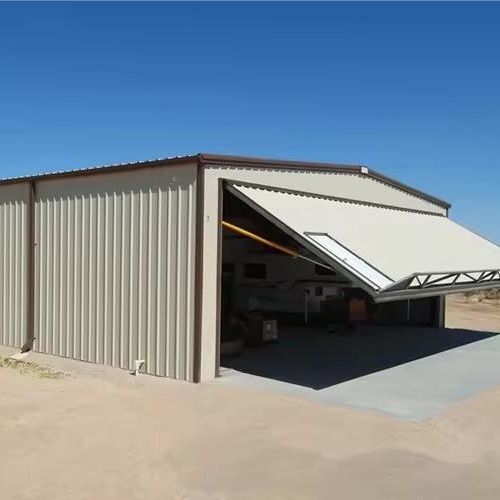Drone Navigation
The drone navigation system refers to a device guiding the drone along a predetermined route with the required accuracy to its destination within the set time. In addition to the starting point and the target location, other parameters including the drone's real-time location, navigation speed and direction should also be clearly known to successfully complete the scheduled navigation mission. Thedrone navigationsystems are mainly divided into the non-autonomous navigation systems such as Global Positioning System (GPS) and autonomous navigation (inertial navigation) systems, with the disadvantages of being susceptible to interference and increasing error accumulation respectively. In the future, drones will be developed for obstacle avoidance, material or weapon deployment, and autonomous landing, which requires high precision, high reliability, and high anti-jamming performance. Therefore, a combination of multiple navigation technologies of “inertial navigation plus satellite navigation plus multi sensors plus photoelectric navigation" will be the development direction forward. Global Positioning System (GPS) developed by the United States has the global, 24-hour, continuous and precise three-dimensional navigation and positioning capacity and can provide the positioning, time and speed for any point in the three-dimensional world. In the near future, as China's Beidou navigation system is gradually perfected, civil drones can also be equipped with their own navigation systems. Inertial navigation is based on Newton's laws of mechanics. This navigation system relies on accelerometers installed in carriers (aircraft, ships, rockets, etc.) to measure the acceleration of the carrier in three-axial directions and gains the instantaneous speed, position and posture of the carrier by integration.
Send product request
Other supplier products
| DJI Phantom FC40 RC Quadcopter Drone UAV | Quick Details Product Description SpecificationsStyle:Radio Control ToyType:MulticopterPower:BatteryRadio Control Style:RC HobbyPlace o... | |
| Maytech servo motor 2205S Drone Enigne for 250 UAV Quadcopter | Quick Details Product Description SpecificationsStyle:Radio Control ToyType:Maytech servo motor 2205S Drone Enigne for 250 UAV Quadcopt... | |
| Agricultural Drones | Agricultural drones refer to drones for plant protection, which can be used for pesticide spraying by remote control or flight control. Agricultura... | |
| DJI supplier Herewin new designed 12000mah/16000mah 12s 44.4v li polymer battery prototype for smart | Quick Details Product Description SpecificationsPlace of Origin:Guangdong, China (Mainland)Brand Name:HerewinModel Number:12000mah/1600... | |
| Hunger promotion 11.1v rc lipo battery 2800mAh lithium polymer battery cells pack | Quick Details Product Description SpecificationsPlace of Origin:Guangdong, China (Mainland)Brand Name:SairiModel Number:LP2800Type:Li-p... |
Same products
| Customized steel structure hangar fabricated shed | Seller: Liaoning Tianying Steel Structure Engineering Co.,Ltd | Maintenance and maintenance of steel structure hangar The maintenance and upkeep of the steel st... | |
| Architectural design of industrial hangar | Seller: Liaoning Tianying Steel Structure Engineering Co.,Ltd | Steel structure hangar The steel structure hangar is a large structural facility mainly used for... | |
| prefabricated frame hangars | Seller: Liaoning Tianying Steel Structure Engineering Co.,Ltd | Future design trends of steel structure hangars Future design trends of steel structure hangars ... | |
| Aircraft hangars | Seller: Liaoning Tianying Steel Structure Engineering Co.,Ltd | The main features of the steel structure hangar include light weight, high strength, short constr... | |
| 供应铅基巴氏合金轴承合金 | Seller: 河南桦创金属材料贸易有限公司 | 铅基巴氏合金,轴承合金 铅基巴氏合金:以铅与锡为主要成份,以铅为主要元素,为提高硬度和强度加入少量的锡、铜、锑、通过特殊的工艺生产而成辅之锑(增加硬度)和其它微量金属合成的有色金属,呈白灰色,有... |









